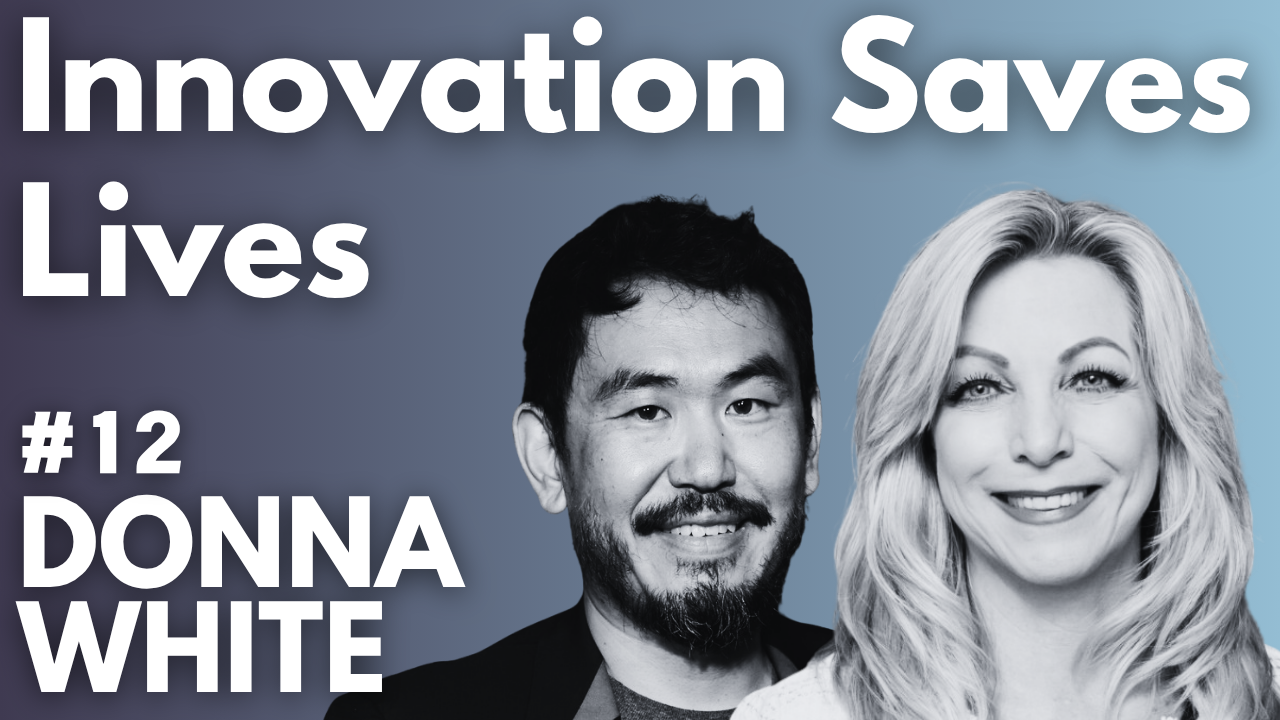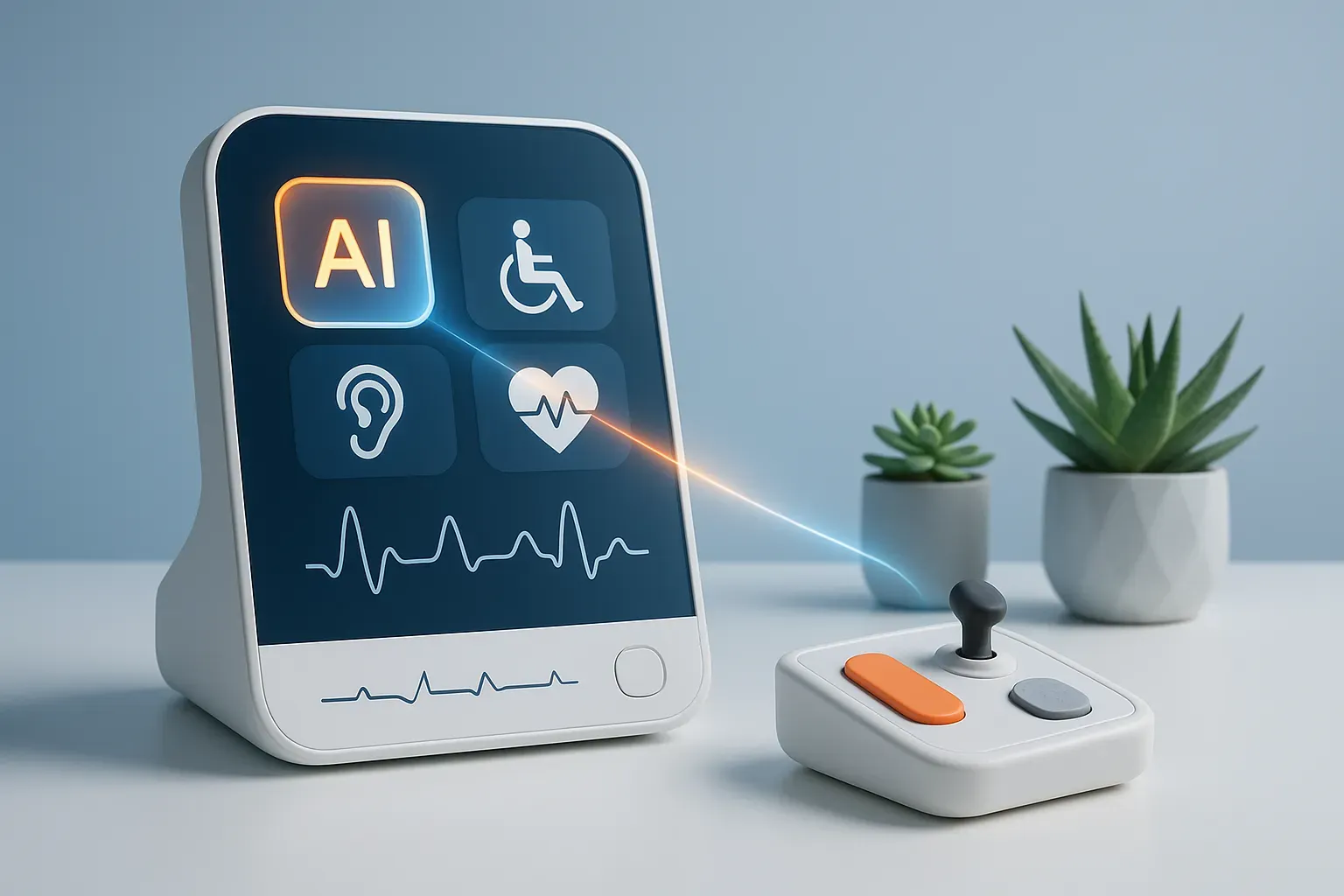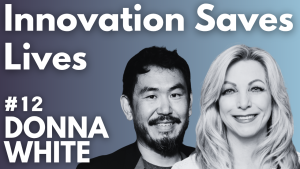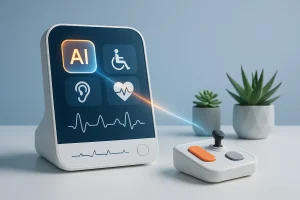Healthcare institutions face a myriad of cybersecurity challenges in today’s interconnected world. This article explores critical strategies to protect sensitive patient data and maintain operational integrity in the healthcare sector. Drawing from expert insights, we examine key areas including compliance, zero trust implementation, and the integration of security measures with patient care.
- Adapt Compliance to International Standards
- Balance People Process and Technology
- Implement Zero Trust and Cultural Security
- Streamline Security for Clinical Efficiency
- Enforce Access Controls and Data Encryption
- Evolve Security Measures with Dignity
- Maintain Continuous Cybersecurity Improvement
- Integrate Security into Trauma Informed Care
Adapt Compliance to International Standards
Carepatron works with healthcare professionals across various countries, so compliance means more than following a single set of rules. It requires a deep understanding of the regulatory environments we support in each place.
Our systems are built to be flexible so we can meet international standards like HIPAA in the US, GDPR in Europe, the Privacy Act in Australia, and other country-specific laws. These frameworks guide how we manage data, protect privacy, and design workflows. It’s not just about ticking boxes. It’s about earning trust in every region we serve.
From the beginning, we’ve embedded privacy and security into the core of what we build. That makes it easier for the team to scale while staying compliant. When we move into a new territory, we assess the legal requirements, adjust our processes, and make sure our tools align with local expectations.
We also stay close to our customers. We regularly speak with healthcare teams in different countries to understand what compliance looks like on the ground. That input keeps our approach practical and relevant.
 Jamie Frew
Jamie Frew
CEO, Carepatron
Balance People Process and Technology
Healthcare cybersecurity has evolved significantly beyond traditional perimeter defenses to address increasingly sophisticated threats. As consultants specializing in healthcare cybersecurity with experience on both sides of healthcare (national level trusts/bodies and healthcare supply chain, i.e., providers, healthtech startups, etc.), let me share insights from both operational and compliance perspectives.
I’ve observed a persistent myth in our industry: the belief that throwing more technology at security challenges will solve all problems. This technology-first mindset is good to solve certain problems but often leads to a false sense of security while leaving organizations vulnerable. This technology trap involves implementing cutting-edge security tools without addressing fundamental people and process challenges. In my experience, even the most advanced security technologies can be rendered ineffective by human error or process gaps.
A mature cybersecurity approach requires three pillars working in harmony, i.e., people, process, and technology.
1. People: It’s not right to blame people for clicking links, but equip them with regular, scenario-based education that includes interactive training, clear security responsibilities, and building a security-aware culture.
2. Process: You require strong processes that provide the framework for security covering:
- Incident response procedures
- Regular risk assessment
- Well-defined change management
- Access control workflows
3. Technology: The technology aspect should enable and enforce your processes. It includes:
- Automated policy enforcement
- Continuous monitoring
- Threat detection and response
Compliance framework: Modern compliance frameworks, such as NIST CSF and ISO 27001 standard, emphasize the integration of people, process, and technology. In the UK, the adoption of the Cyber Assessment Framework by the NHS to align with the previous DSPT (Data Security Protection Toolkit) is a prime example of this shift within the healthcare cybersecurity landscape.
So, the foundation for success lies in building strong foundations with:
- Clear governance structures
- Risk-focused approach towards risk assessment and treatment
- Integrated security awareness
- Documented procedures and policies
So yeah, technology is an enabler, not a complete solution.
 Harman Singh
Harman Singh
Director, Cyphere
Implement Zero Trust and Cultural Security
Protecting healthcare data isn’t just about compliance; it’s about honoring trust. At Alpas, where many clients arrive during deeply vulnerable moments, safeguarding their information is as fundamental as any clinical service we provide. We’ve adopted a zero-trust architecture, where no internal or external actor is assumed safe without verification. This includes multi-factor authentication across all platforms, endpoint detection and response systems, and anomaly detection powered by behavioral AI models.
What sets us apart is our commitment to culture. Every team member, from admissions to executive leadership, undergoes scenario-based cybersecurity training tailored to their role. It’s not about checking a box; it’s about building muscle memory in how we handle digital risk. We’ve also initiated a red-teaming protocol where simulated attacks help our staff identify gaps in real time. For us, cybersecurity isn’t a static safeguard. It’s a dynamic expression of our duty to protect those we serve.
 Sean Smith
Sean Smith
Founder, CEO & Ex Head of HR, Alpas Wellness
Streamline Security for Clinical Efficiency
In detox, time is critical and clarity is scarce. Our cybersecurity strategy at Ascendant NY acknowledges this reality by eliminating complexity from secure operations. We’ve implemented biometric authentication for all clinical staff access points, which allows us to maintain rapid response times without sacrificing data security. Our electronic health records system is hosted within a HIPAA-certified cloud platform with real-time threat monitoring, geofencing controls, and continuous encryption.
But digital security only works if it aligns with clinical flow. That’s why we integrated single sign-on systems that sync with our internal communication tools and EMR. This reduces password fatigue and encourages proper digital hygiene. We also isolate our guest Wi-Fi networks from operational systems entirely, avoiding one of the most common points of exposure. I believe every security decision should make the care experience safer and smoother, not more complicated. That’s our design philosophy.
 Tzvi Heber
Tzvi Heber
CEO & Counselor, Ascendant New York
Enforce Access Controls and Data Encryption
In my work in healthcare tech, data security is always a top priority, especially since we’re dealing with highly sensitive patient and financial information. One key strategy we’ve implemented is strict access controls—making sure only the right people have access to the right data. This includes using role-based permissions and multi-factor authentication to reduce the risk of unauthorized access.
We also invest heavily in data encryption, both at rest and in transit, to ensure that even if data were intercepted, it wouldn’t be readable. Another significant component of our approach is conducting regular security audits and vulnerability scans to identify potential issues before they become real threats.
On the analytics side, I’m always mindful of how we handle data in dashboards and reports. For example, we ensure that any shared analytics only include the minimum data necessary—no unnecessary personal details—so we’re always aligning with HIPAA and privacy best practices. And of course, we keep everyone trained and aware of how important cybersecurity is, because even the best tools don’t matter if people aren’t using them properly.
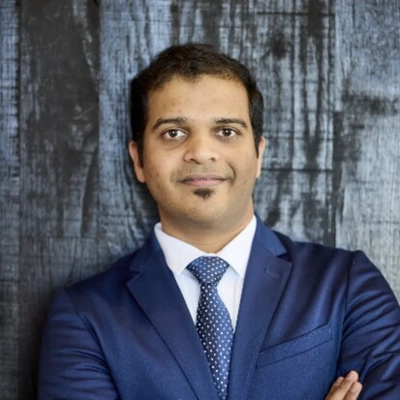 Rohan Desai
Rohan Desai
Bi Analyst, R1 RCM Inc
Evolve Security Measures with Dignity
Back in 1999, when I founded Able To Change Recovery, cybersecurity wasn’t the buzzword it is today, but safeguarding dignity always was. We started with locked cabinets and patient initials on forms. Today, we’re using military-grade encryption, biometric logins, and secure digital infrastructure, but the principle hasn’t changed: clients deserve to be protected.
We’ve designed our systems to limit digital sprawl. That means avoiding over-integrated platforms that create single points of failure. Instead, we use modular systems that communicate only when clinically necessary, reducing the surface area for cyber threats. Every staff device is managed centrally with auto-lock, remote disable, and encrypted storage. We also collaborate with external auditors who simulate social engineering attacks, testing not just our systems, but our human readiness. We don’t assume compliance just because the paperwork is filed. We test it, challenge it, and reinforce it, because reputations are built on reliability, and recovery begins with safety.
 Saralyn Cohen
Saralyn Cohen
CEO & Founder, Able To Change Recovery
Maintain Continuous Cybersecurity Improvement
At our company, we have realized that cybersecurity is an ongoing process. We have implemented a routine for updating our security measures to adapt to new risks. This includes patching software vulnerabilities, updating our security settings, rewriting policies, and reviewing internal controls.
Additionally, we prioritize employee education and make our employees aware of the latest cybersecurity threats and best practices. We also maintain an internal blog page providing daily updates about cybersecurity threats. This approach ensures that our culture of continuous improvement strengthens our combined defense against cyber threats.
 Ivan Rodimushkin
Ivan Rodimushkin
Founder, CEO, XS Supply
Integrate Security into Trauma Informed Care
At Ocean Recovery, we recognize that cybersecurity is an extension of trauma-informed care. Many of our clients come from backgrounds where personal data was exploited or privacy was violated. Our obligation isn’t just legal; it’s relational. We’ve invested in EMR systems with integrated audit trails, so every access point is logged and monitored. This transparency helps us ensure that sensitive clinical data, from eating disorder history to psychiatric evaluations, is only seen by authorized personnel.
We’ve also layered our security protocols based on treatment stages. For example, data generated in residential care is siloed from outpatient records unless clinical continuity requires integration. This segmentation reduces systemic exposure. From a cultural standpoint, I’ve led initiatives where cybersecurity is embedded into case review meetings, not as a separate compliance topic, but as part of clinical excellence. When the staff understands the “why” behind each layer of protection, the protocols stick.
 Maddy Nahigyan
Maddy Nahigyan
Chief Operating Officer, Ocean Recovery


